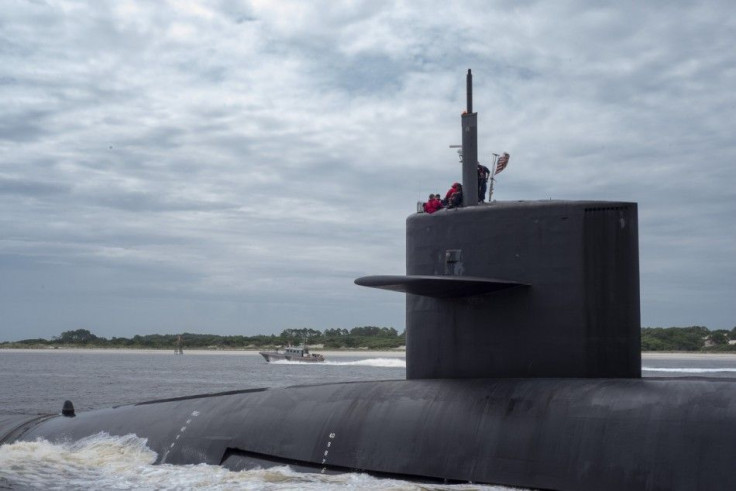New Generation Submarines Of US To Flaunt Drones And Robots: Russia’s Yasenclass Nuclear Submarines To Carry Hi Tech Decoys

The new generation submarines of the U.S. Navy will have sophisticated technological features such as advanced, long duration autonomous underwater and surface drones and robots. They are being built under the programme "Large Displacement Unmanned Underwater Vehicle" with the prototype machines boasting critical technologies to enable UUVs to operate and survive in the littorals for more than 70 days.
According to the Sea Power magazine, the UUV Stalker could be launched and retrieved by the dry-deck shelter of an Ohio-class guided-missile submarine. Being powered by lithium battery they will have an endurance of seven to 10 days to loiter offshore for collecting intelligence with antenna masts that can transmit and receive information through an Iridium satellite
Since 2006, the Navy has been working on a submarine-deployable UUV having payload capability, greater than a submarine's 21-inch-diameter torpedo tube. The Sea Stalker UUV has been developed out of the Sea Horse UUV built by the Pennsylvania State University's Applied Research Laboratory.
The US Navy's LDUUV is pier- launched and is a recoverable UUV with the capability to transmit in the open ocean and conduct over-the-horizon missions in littoral waters. This will work as an extension for Navy's platform sensing capability over the horizon with expanded influence. The U.S. Navy considers UUV as a significant force multiplier that can close war fighter gaps. The goal of U.S. Navy has been to "acquire, deliver and maintain operationally effective Unmanned Maritime Systems as integrated systems for the war fighter and direct UMS experimentation and technology maturation to develop future UMS capability", adds the Seapower magazine report.
Russia's Yasen Submarines
Meanwhile, Russia is also working hard on its fifth generation nuclear submarines, which will be armed with robots and underwater drones besides conventional weaponry. "The fifth generation submarines will be equipped with both contemporary weapons and new weapons," explained Nikolay Novoselov, deputy CEO of the Malakhit design engineering bureau. The RIA-Novosti quoted Novoselov saying that battle robots will be released by the submarine alongside underwater drones, reported Next Big Future news. At present, Russia is building Fourth generation Yasen-class submarines. Within it, Severodvinsk is the flagship of the Yasen-class submarines and is being reckoned as the backbone of the Russian Navy's conventional submarine force.
Cruise Missiles
According to the Russian official, besides 533mm torpedoes, Yasen-class submarines will carry the capability to fire cruise missiles from eight of its vertical launching systems. Supersonic anti-ship missiles such as Onyx and Kalibr will also be enabled.
The Russian design expert noted that the robots would be disposable or returnable and will be tasked with military and surveillance purposes. "They will be released by the submarine and stay offline before being remotely activated on command. It will give the submarine the time to leave the area, with the drone remaining in place as a decoy to maintain a semblance that the submarine is still there," Novoselov said. Clearly, a great leap in hi-tech submarine technologies is on display.
(The writer can be contacted with feedback at kalyanaussie@gmail.com)




















